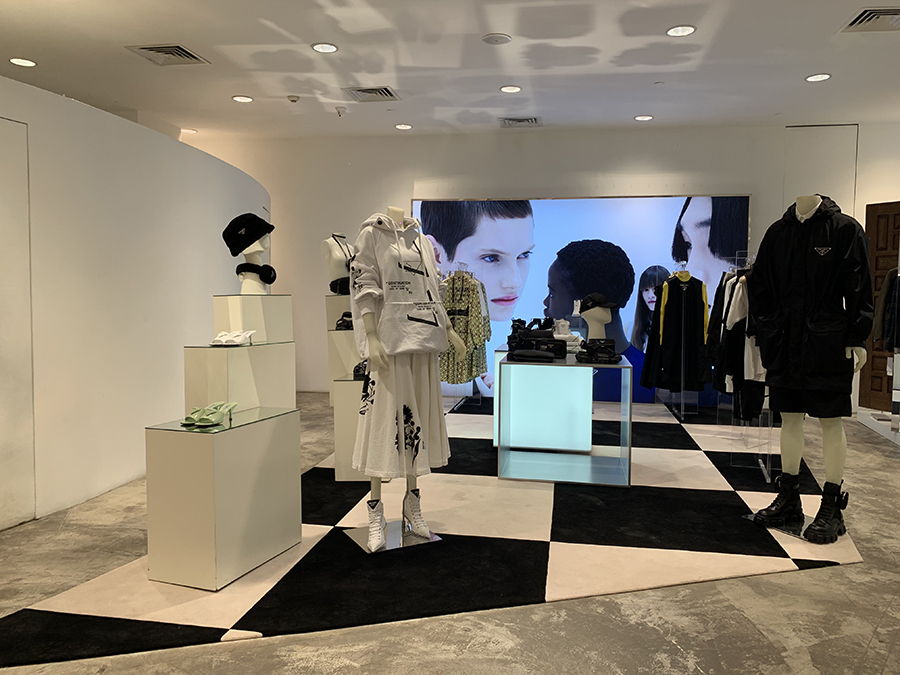Dec . 10, 2024 20:11 Back to list
Optimizing Display Size for Enhanced Visual Experience
Understanding Display Fitting The Art of Enhancing Visual Merchandising
In the world of retail, the presentation of products can significantly influence customer perception and purchasing behavior. One of the key strategies in retail merchandising is display fitting, which involves arranging products in a way that is both visually appealing and functional. This article explores the concept of display fitting, its importance in retail environments, and some effective techniques to enhance your visual merchandising strategy.
The Importance of Display Fitting
Display fitting goes beyond mere aesthetics; it bridges the gap between customer experience and effective product promotion. A well-fitted display captures attention, guides customers through the shopping journey, and encourages them to explore more items. In a crowded marketplace, where consumers are bombarded with choices, a thoughtfully designed display can be the difference between making a sale or losing a customer.
Research shows that first impressions matter, especially in retail. Customers often make split-second decisions based on visual elements, such as color, layout, and product placement. A well-planned display can effectively showcase the benefits of a product, highlight its features, and create an inviting atmosphere that fosters customer engagement.
Elements of Effective Display Fitting
To create impactful displays, retailers should pay attention to several key elements of display fitting
1. Theme and Storytelling The best displays tell a story. Utilize themes that resonate with your brand message or seasonal promotions. For example, a summer collection could be presented with tropical elements, while a holiday display might incorporate winter motifs. This storytelling aspect helps customers connect emotionally with your products.
2. Color and Lighting Color can evoke emotions and influence shopping behavior. Use color psychology to your advantage; for instance, blue can create a sense of trust, while red may stimulate excitement. Effective lighting is also crucial; it can highlight specific products and create an inviting ambience. Consider using spotlighting for key items to draw attention.
3. Arrangement and Flow The arrangement of products should make sense and create a natural flow for shoppers. Group related products together to encourage cross-selling. Use different heights and levels in your displays to add visual interest and draw the eye upwards. This can create a sense of depth and ease of access for customers.
display fitting

4. Accessibility and Interaction Customers should be able to easily access and interact with the products. Avoid cluttered displays that can overwhelm shoppers. Instead, create open spaces where customers can linger and interact with items. Touchpoints, such as samples or product demonstrations, can further enhance engagement.
5. Maintenance and Rotation A display is only as good as its maintenance. Regularly assess your displays to ensure they remain neat and attractive. Additionally, rotate products and refresh displays frequently to maintain customer interest and highlight new arrivals.
Techniques for Enhancing Display Fitting
1. Visual Merchandising Techniques Utilize techniques like the rule of three in arranging items, as odd numbers generally create more visual appeal. Incorporate varying textures and materials to create contrast.
2. Use of Technology Integrate technology in your displays, such as digital screens showcasing promotional videos or interactive kiosks where customers can learn more about products. This modern approach can enhance customer engagement and provide a dynamic shopping experience.
3. Seasonal Adjustments Tailor your displays to seasonal trends and holidays. Seasonal adjustments not only keep the shopping experience fresh but also align with customer expectations, making it more likely they will engage with your product offerings.
4. Feedback and Adaptation Gather customer feedback regarding displays and be willing to adapt. Use sales data to determine which displays drive the best results and refine your approach based on real-world performance.
Conclusion
Display fitting is a vital aspect of retail that should not be overlooked. It combines art and strategy to create visually compelling displays that enhance customer experience and drive sales. By understanding the elements of effective display fitting and implementing thoughtful strategies, retailers can create an inviting atmosphere that not only showcases products but also encourages deeper engagement and ultimately boosts profitability. Whether you're a seasoned retailer or just starting, investing time and thought into your display fitting can yield significant returns.
-
The Impact of Display Racks on Promoting Sustainable Product Consumption
NewsMay.14,2025
-
The Display Table Is A Catalyst For Sustainable Consumer Engagement
NewsMay.14,2025
-
Sustainable Modern Retail Store Fixtures
NewsMay.14,2025
-
Store Design Innovations for Enhanced Customer Experience and Sales
NewsMay.14,2025
-
How Shoe Shop Displays Influence Sustainable Footwear Choices
NewsMay.14,2025
-
How Display Counter Aids in Efficient Resource Management in Communities
NewsMay.14,2025


















































































































